In the pretty medieval city of Wroclaw one highlight is the pierogis – the fat, soggy dumplings Poland is famous for. Usually this Slavic treat is stuffed with cheese and meat. But, perched on a bridge outside one of many islands that pepper the Silesian metropolis, are vegan versions cooked in a food truck. Wroclaw is this year’s European Capital of Culture, home to a central square of handsome candy-hued townhouses and a thriving arts scene. In certain areas I could be in Shoreditch. Or Sheung Wan. Or Surry Hills. Here, too, hipsters rule. A man with a bushy beard and a canary-yellow bus hawks pink lemonade. Chia seed cake is a staple in cafés. And in a Georgian street eatery baked bread is filled with molten sulguni and gooey egg yolk. The seats? Swings, naturally.
Half an hour from Auschwitz sits the small, grey town of Bedzin. On a weekday morning little is open except a pub, an off-license, a nail-bar and a scattering of sex shops. My guide is a tall, lanky local with sporadic English who now dedicates his time to building a memorial to the Jews, including a recently opened Café Jerusalem that serves honey cake, halvah, and kosher wine. I ask where people work. Work? He laughs, bitterly. In London.
Depressed Bedzin has an even darker history. In World War Two, more than 30,000 Jews were sent from the town’s ghetto to Auschwitz. Little remains of the lives they lived and lost. The Great Synagogue was burned to ashes, with two hundred worshipers locked inside. On some of the balconies you can still see simple candelabras carved into the ironwork indicating Jewish homes. Tucked away down a side street, near where the trains rumble past, is a small stone monument.
Then there’s the Jewish cemetery. Located in a pretty woodland pocket, it has been desecrated. Stones inscribed with Hebrew letters lie where they fell, forgotten. Among the shards of the graves, the forest grows over the names of the dead. Littering the foliage and tombs are little else aside from crisp packets and crushed cans of beer.
It’s my first time to Auschwitz and what strikes me most is the sheer physicality of the place. I grew up with a grandmother bent on educating me on the Holocaust, with books, diaries, and films. But this was the first time I have stood where the Jews – my people – were burned and shot and gassed. Most pungent are the underground torture cells. Some are so small prisoners could only stand upright, others were set aside for arbitrary, sadistic punishments like death by starvation. The horrors have been well publicised, but it’s the details that capture you. Anna Bocharova, when arriving at Auschwitz, recalls her daughter ‘was torn out of my arms… I screamed after her, “Remember, your name is Lyuda Bocharova. Remember, you are from Russia!”’ Both survived.
In the ancient city of Lyon at the Les Nuits de Fourvière festival I watch a show in which a sad clown attempts to find significance in the stars. His family is dead – dead and buried on stage – and, alone, he must carry on. He uses fuel to dowse the sawdust, but it fails to light. A rat in a hat escapes. He weeps and plays music and dances a dance, the rattle of comedy in a futile world. Across town, other concerts are going on in Lyon’s colossal Gallo-Roman theatres on the Fourvière hill: views stretch across the glittering city to the Alps. Les Nuits de Fourvière translates as ‘nights of the old forum’ and these long hot evenings are enchanting. We could almost be back, two millennia ago, standing with the Romans, on the same stage.
The kerfuffle about the burkini – not least photographs of a Muslim woman being forced to remove her top by French police earlier this year – reminds me of my own experiences in France. As a student on holiday, my friends and I stumbled across a near empty nudist beach. We settled down in bikinis and shirts (it was chilly). Within minutes a French man – naked, imposing, and aggressive – marched across the sand. ‘Strip or leave,’ he barked. Embarrassed, I did the former. While one friend joined me, shivering in the cold, the others were hounded from the beach.
In Sydney, where I live, I now cover up for different reasons – to avoid the sun. When I swim, even in summer, I wear a full wetsuit. And rather than squeezing into a tiny two-piece, I dress in sarongs and hats. As someone who has watched friends and family die of melanoma, I want to save my skin. France has said that the burkini is based on the ‘the enslavement of women’; the minister for women’s rights declared in August it is ‘the beach version of the burqa [with] the same logic: hide women’s bodies in order to better control them.’
But the French expectation that women must show their flesh in order to be free is, in itself, a prison from which many would like to escape. I am not more liberated because I show more flesh nor enslaved because I choose to cover up – dictating dress (or, rather, undress) of any sort is nothing but another form of suppression. I wish I’d known that on the French nudist beach years ago.
Got something to add? Join the discussion and comment below.
Get 10 issues for just $10
Subscribe to The Spectator Australia today for the next 10 magazine issues, plus full online access, for just $10.

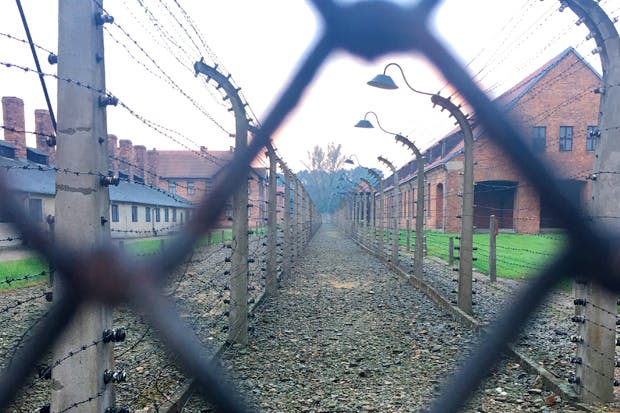
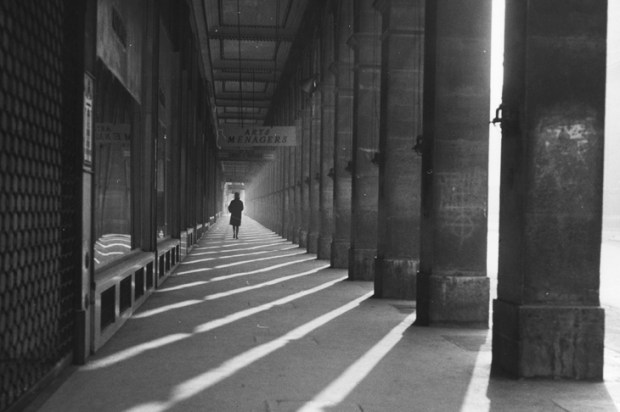
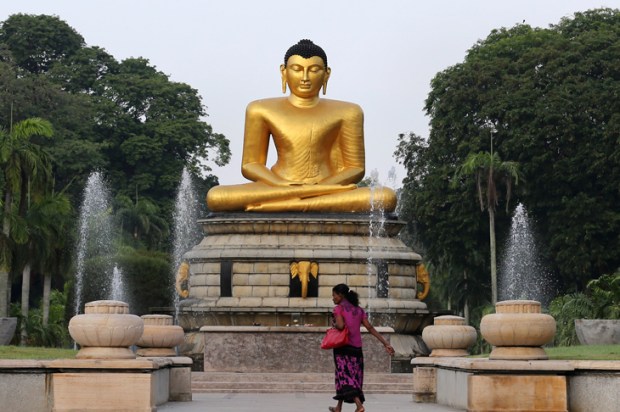
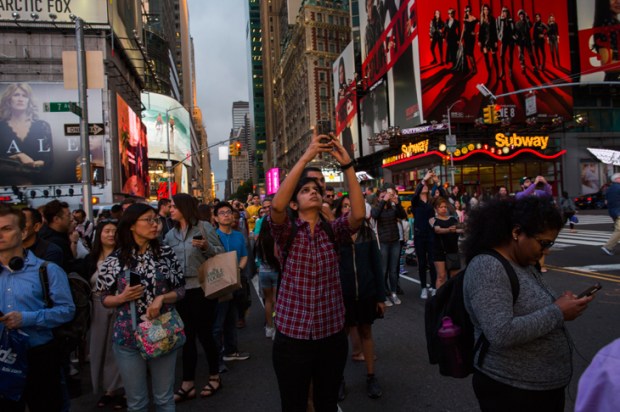
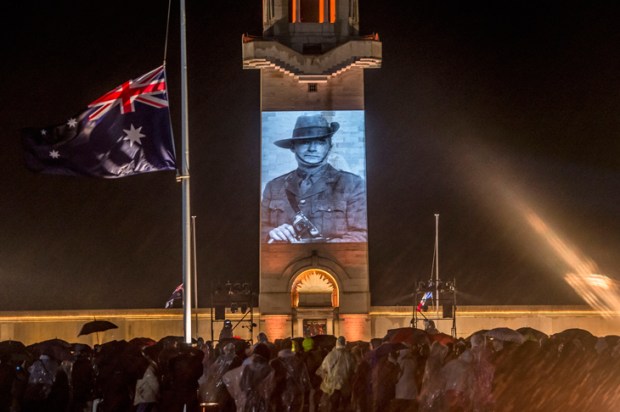
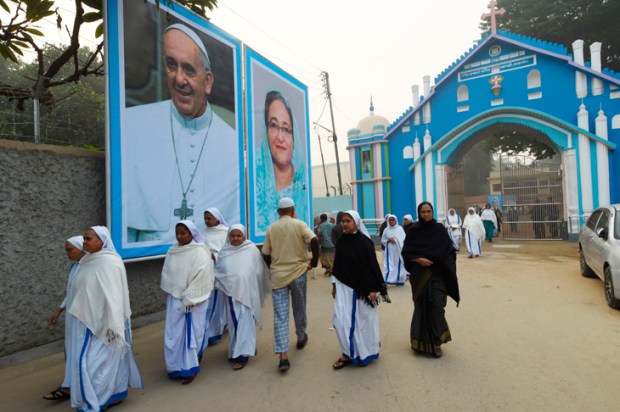
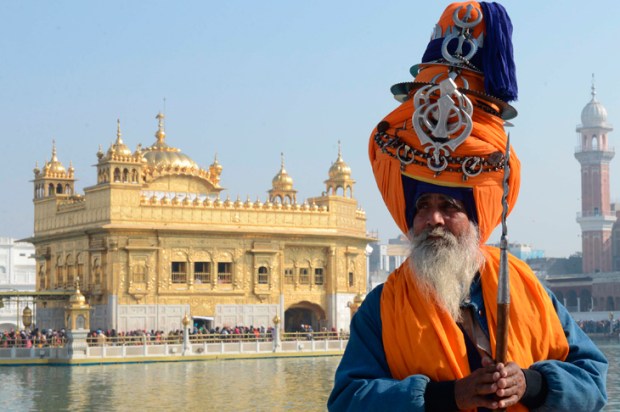






Comments
Don't miss out
Join the conversation with other Spectator Australia readers. Subscribe to leave a comment.
SUBSCRIBEAlready a subscriber? Log in